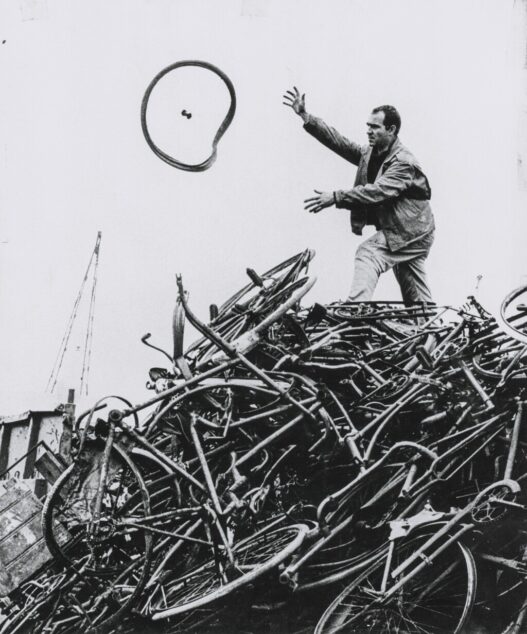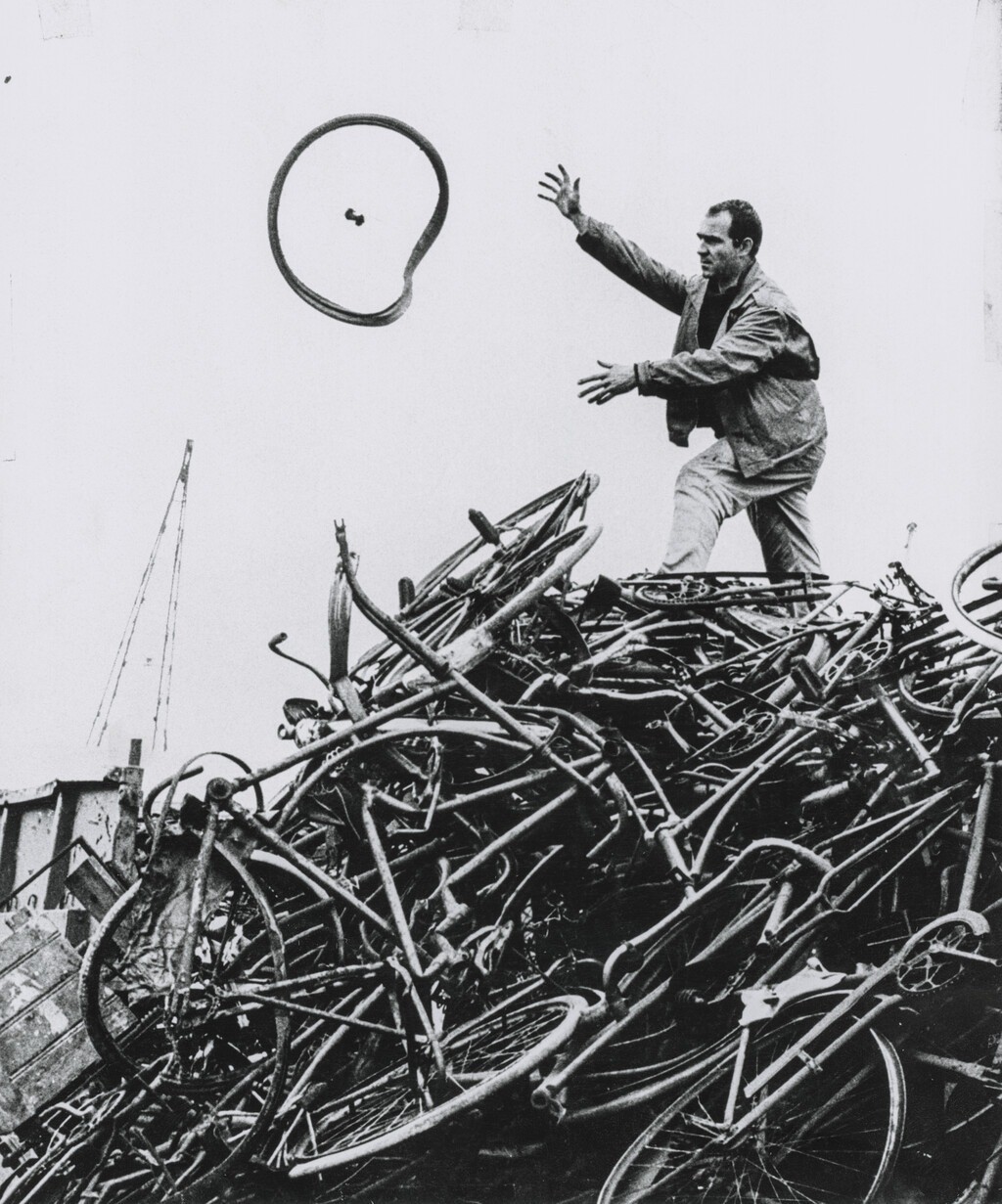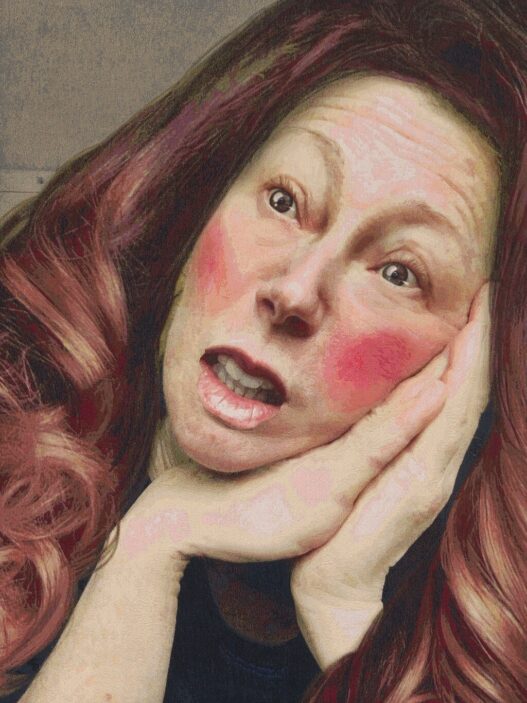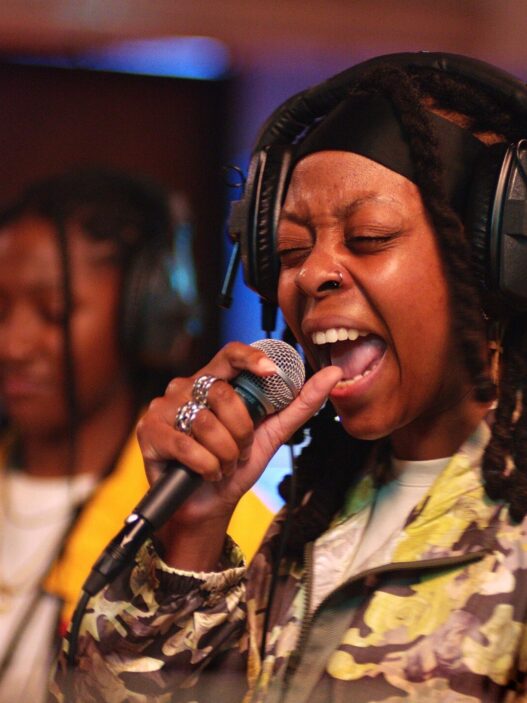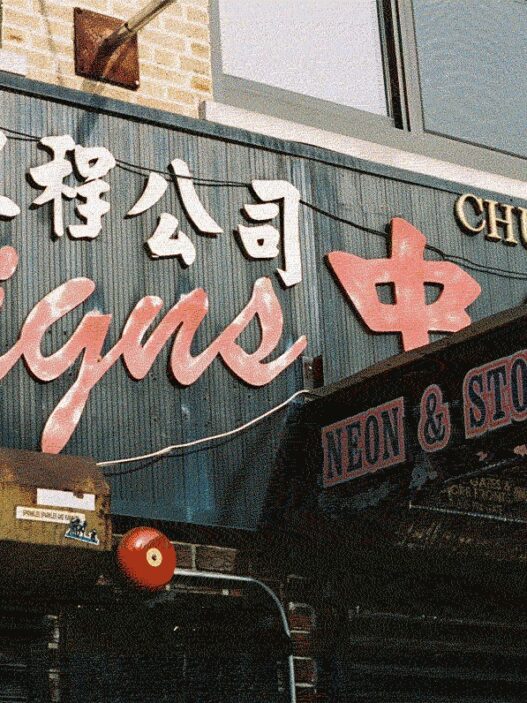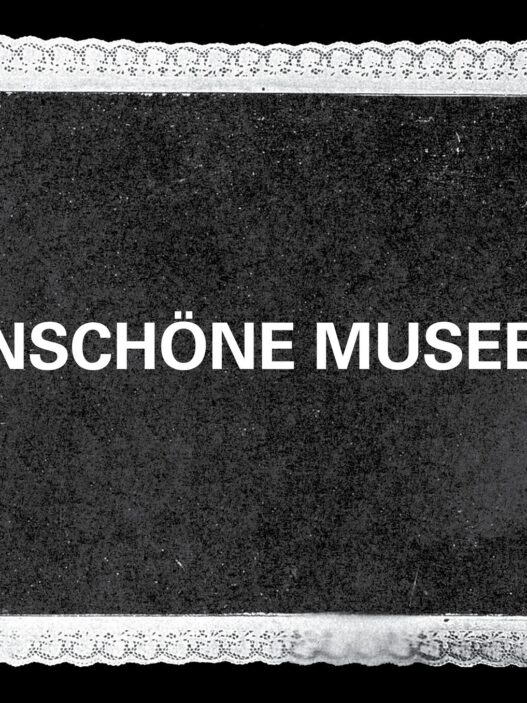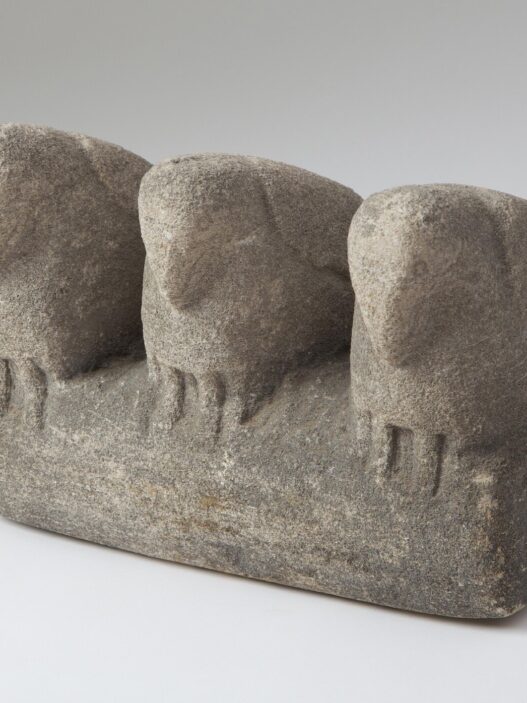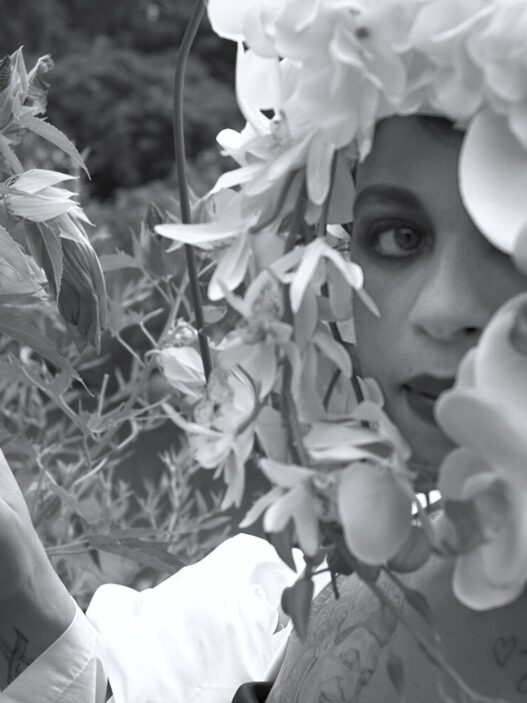Museum Tinguely presents new permanent exhibition La roue = c’est tout from February 8, 2023 to February 8, 2025.
The Museum Tinguely houses the world’s biggest collection of Jean Tinguely works, including 130 sculptures and over 2000 pieces on paper. The permanent exhibition takes up half of the museum space. In 2023, for the first time since the Museum’s inception in 1996, the exhibition will occupy the whole ground floor main hall.
Visitors are encouraged to study Tinguely’s early delicate lyricism, the explosive performances and collaborations of the 1960s, and the dark, gigantic musicality of his late period. One of the exhibition’s highlights is a recently acquired significant work from the 1960s: Tinguely’s Éloge de la folie (1966). Its prominent placement at the museum’s entry emphasizes the significance of such interdisciplinary initiatives within Tinguely’s oeuvre.
This new show, which includes several significant works on loan, provides a four-decade overview of Tinguely’s output. His declaration “La roue = c’est tout” appears throughout the presentation as a leitmotif: the wheel represents not just a reoccurring theme throughout his career, but also his view that changing times should be expressed in art. The new permanent display is organized chronologically, beginning with the tremendously inventive years 1954 through 1959, and is reinforced by significant loans such as Moulin à prière and Tricycle from 1954. The first half of the new exhibition focuses on Tinguely’s invention and innovation, displaying wire sculptures and reliefs from the 1950s that established his name as a pioneer of kinetic art.
The following area is dedicated to “performative sculptures” from 1960 to 1967, juxtaposing scrap metal sculptures about 1960 with black sculptures from 1965. The newly built mezzanine floor then focuses on Tinguely’s love of automobiles as well as his altar-like and carnivalesque sculptures.
A selection of works on paper illustrate Tinguely’s creative approach to sketching and drawing. Tinguely’s significant joint and performative initiatives in public spaces, on the stage, and in museums are presented in the following rooms, which resemble a study department. Visitors can view films such as Homage to New York (1960), Étude pour une fin du monde No. 1 (1961), Étude pour une fin du monde No. 2 (1962), and Éloge de la folie (1966) in video projection rooms.
Lastly, the open space of the great hall displays large-scale sculptures and music machines from Tinguely’s latter years, including Méta-Harmonie II (1979), Fatamorgana (1985), and the walk-through sculpture Grosse-Méta-Maxi-Maxi-Utopia (1987), Tinguely’s largest piece ever created for a museum. The works in this section of the show have predetermined, choreographed run times. The exhibition route also includes the central late work Mengele-Totentanz (1986) as well as the Schauatelier, the conservation and restoration team’s open workshop.
Using images, movies, and sound recordings, the multimedia biography provides insight into Tinguely’s life. Tinguely’s work is distinguished by a wide range of interests and themes, including: the relationship between humans and machines; movement and kinetics; chance as a friendly partner; innovation through creative destruction; life and death as two sides of the same coin; embodiment; theater and performance; musicality and appealing to all senses; consumerism critique; anarchy and political engagement; inter- and transdisciplinarity. Tinguely was a brilliant networker with a broad circle of acquaintances who reveled in the collaborative, experimental processes of making art and organizing shows across borders. His work is notable for making art accessible to all, which is important to our work at the museum.
A wall exhibit at the museum’s entrance provides a fresh route in for families and visitors with children. It delivers suggestions for a stimulating visit and provides insights into the museum’s art education program, appealing to different senses.
Next, the museum will also provide “parcours trails for families,” which will allow visitors to examine the collection’s artworks in fun and thought-provoking ways.
Curator: Roland Wetzel
Curatorial assistant: Tabea Panizzi
Museum Tinguely
Paul Sacher-Anlage 1
CH-4002 Basel
Switzerland
Hours: Tuesday–Sunday 11am–6pm,
Thursday 11am–9pm
tinguelybasel.infos@roche.com









